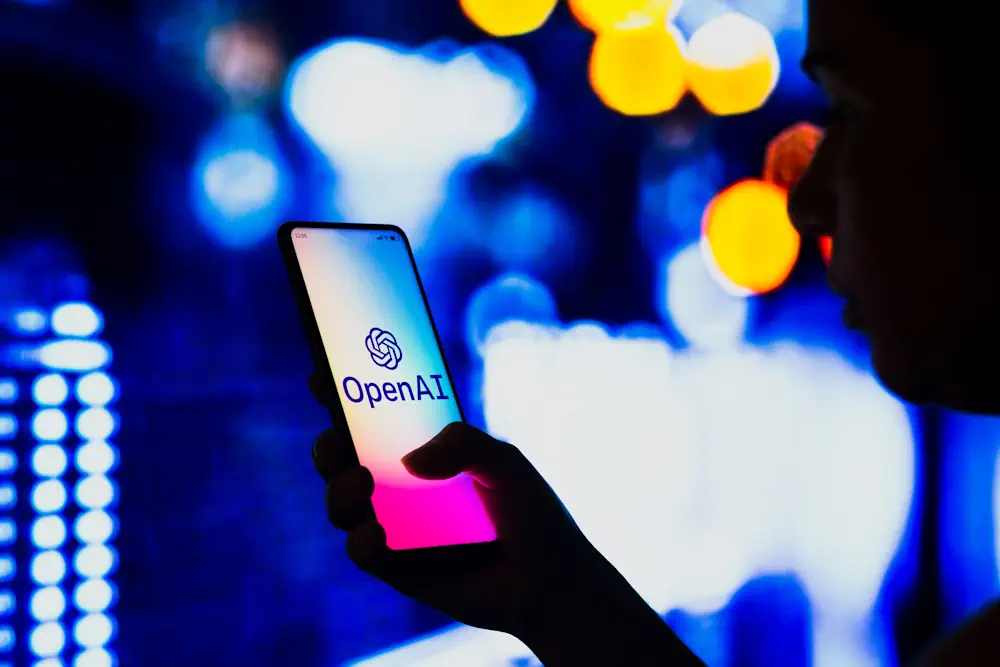1️⃣ OpenAI may require verified IDs to access future AI models via API.
2️⃣ A valid government ID will be needed, with limits on reuse.
3️⃣ Recent misuse and data scraping triggered tighter controls.
4️⃣ But future models might be locked behind ID verification.
Listen to the article:
Heads up, developers—if you’ve been casually using OpenAI’s latest AI models through their API, things might get a little more official soon. OpenAI is rolling out a new process called Verified Organization, and it’s not just a badge—it could soon be your ticket to accessing their most advanced tools. In short: you may need to prove who you are before you play with their top-tier AI.
What’s This All About?
OpenAI’s Verified Organization status is essentially an identity check for companies and developers who want to unlock premium features on their platform. The goal? Curb misuse, increase accountability, and keep their increasingly powerful AI tools in the right hands.
To get verified, your organization will need to submit a valid government-issued ID from one of OpenAI’s supported countries. There’s a catch, though: each ID can only verify one organization every 90 days. And no, not every group will be eligible right away—OpenAI seems to be rolling this out selectively, possibly based on internal risk assessments.
Why the Sudden Tightening?
It’s not exactly out of nowhere. OpenAI has faced a few security headaches recently. They’ve been investigating cases of unauthorized API use, including one involving a group allegedly tied to Chinese AI lab DeepSeek, which may have scraped large volumes of data late last year—reportedly for training their own models. That’s a big no-no under OpenAI’s terms.
Add to that concerns over misuse from bad actors, including groups reportedly operating out of North Korea, and it’s easy to see why OpenAI is tightening the screws.
Will Everyone Need to Do This?
Not immediately. If you’re not looking to use the most cutting-edge features, you can keep using the current tools as usual. However, access to future models—likely the most powerful and capable ones—may be locked behind this ID verification wall. So if you want a front-row seat when the next big model drops, you might want to start the process now.
OpenAI hasn’t mentioned any spending thresholds or usage tiers tied directly to verification, so this isn’t about how much you pay—it’s about who you are and how responsibly you use their tools.
What If You’re Not Eligible Yet?
No worries. If verification isn’t available for your organization right now, you’re not completely out of the loop. You can still use existing models, and OpenAI has said that access policies may evolve. That means some currently restricted models might eventually be opened up to all users.
Still, with AI getting smarter—and sometimes scarier—it’s no surprise that OpenAI wants a clearer picture of who’s behind the keyboard.
What This Means?
OpenAI’s new ID verification step isn’t just bureaucratic fluff—it’s a practical move to keep tighter control as their AI tech gets more advanced. With rising misuse, data scraping, and policy violations in the mix, asking for verified ID is their way of tightening the gates without fully closing them. If you’re planning to tap into their latest models through the API, a verified ID might soon be part of the deal.
Discover more from TECH HOTSPOT
Subscribe to get the latest posts sent to your email.
